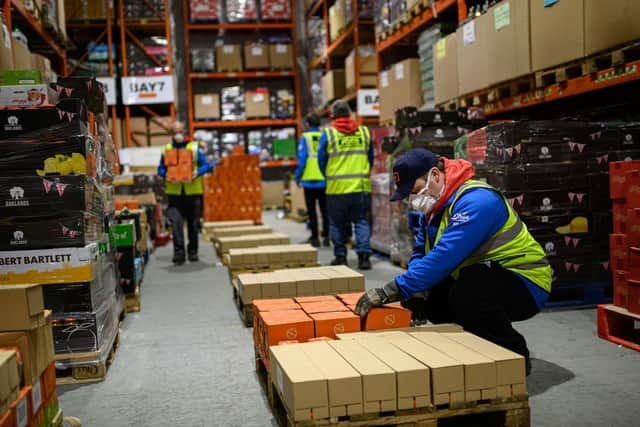40 per cent of new Covid cases in Wakefield coming from workplaces, Public Health says
and live on Freeview channel 276
Despite restrictions remaining in place, fewer people in the district are doing their jobs at home compared to the first lockdown a year ago.
Data from Wakefield's Public Health team suggests that work is now the biggest factor in the spread of the virus locally, though an increase in the effectiveness of the testing system from last year has also been taken into account.
Advertisement
Hide AdAdvertisement
Hide AdBy contrast, in parts of North Yorkshire workplaces are thought to be a factor in around only three per cent of cases.


Figures published on Monday indicated a small drop in the case rate in Wakefield to 128 cases per 100,000 people.
Speaking at a Covid recovery board meeting on Monday, Wakefield's director of public health, Anna Hartley, said: "Our rates aren't coming down as quickly in Wakefield and West Yorkshire as they are across the country as a whole.
"We're seeing a reduction and then a plateau, a reduction and then a plateau. It's quite a slow process."
Advertisement
Hide AdAdvertisement
Hide AdMs Hartley said that 18-24 year-olds were now accounting for more positive cases in Wakefield than any other age group.


With the vast majority of elderly and vulnerable residents now having been partially vaccinated, hospital admissions have fallen sharply in recent weeks.
Ms Hartley added: "People are having to go out to work and do things like manufacturing jobs in that age group (18 - 24), and therefore they've more opportunities to be in touch with another case and become infected.
"About 43 per cent of cases from the week beginning February 18, and then 40 per cent the week after, people were in work within 72 hours before symptoms started.
Advertisement
Hide AdAdvertisement
Hide Ad"When you compare that to other places where more people work at home - York and Harrogate for example are both at about three per cent, which is very, very low. So it's clearly a risk factor for us.
"For the majority of people, Covid is not pleasant or nice, but if you're young and healthy you will recover from it."
Martin Hathaway, from the Mid Yorkshire Chamber of Commerce, warned that the high infection rates within workplaces was unlikely to change.
He told the meeting: "Businesses aren't going to change their behaviour now. They're looking at getting back to work. It's the stark reality of where we are."
Local Democracy Reporting Service